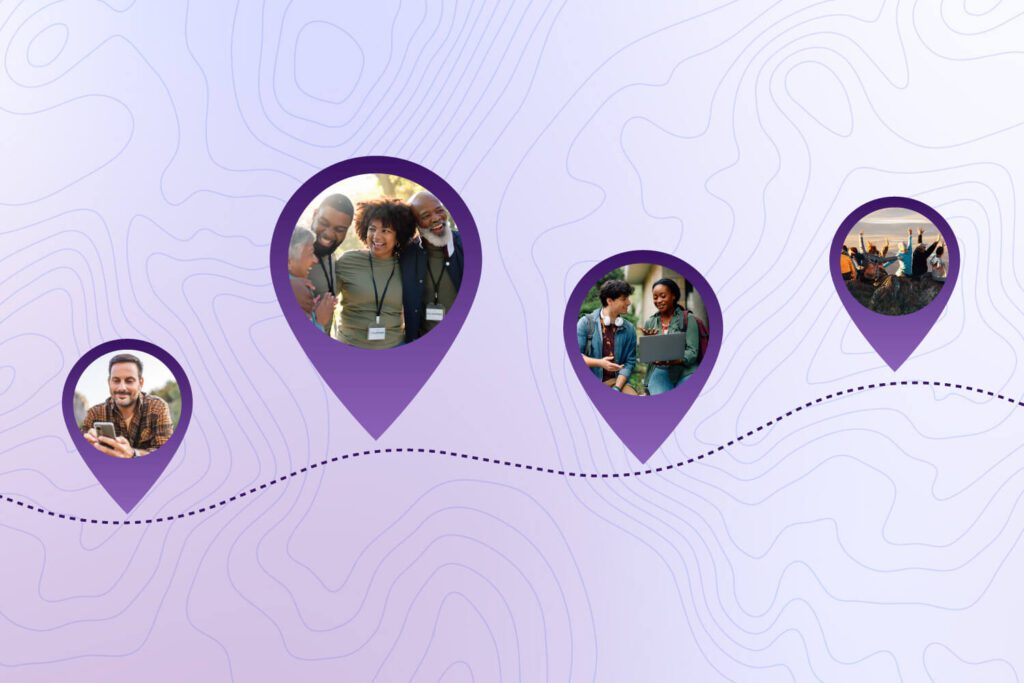For grantmakers, promoting inclusion and fairness within the world of philanthropy is a continuous process at both the organizational and individual levels. To make meaningful, lasting improvements, you’ll need to examine administrative, procedural, and cultural elements within your organization.
Examining biases in grantmaking culture and addressing discriminatory practices within philanthropy must first start with identification and intention-setting. Grantmaking organizations need a starting point before launching into a process that is concrete and feasible.
For both individuals and organizations, this may be the first time you’re intentionally examining your grantmaking processes through a lens of equity. To help your organization begin addressing implicit biases within your grantmaking, we’ll first walk through how to approach implementing change, then suggest some strategies for how to reduce biases moving forward.
Laying the groundwork for grantmaking change
Before your organization dives into action for greater equity in grantmaking, it’s crucial to get everyone on the same page to maximize your efforts. During all conversations on improving the integrity of your grantmaking process, be sure to:- Find and align with an internal advocate (a senior leader, board member, or trustee).
- Acknowledge that biases are often implicit, so there is a need to regularly reflect on why your organization makes each funding decision.
- Center the importance of equity and providing grant funding to those who truly need it most.
- Emphasize that having a learning mindset and engaging with diverse communities are fundamental to your organization’s impact.
- Recognize that equity is a journey, so regularly committing to reviewing grantmaking procedures is essential to reducing biases.
Strategies for reducing implicit biases in grantmaking
Your organization’s primary goal is to provide impactful grant funding that will lead to the greatest social change in your community. In order to more effectively achieve that goal, you’ll need to actively address biases that could lead to an unfair distribution of funds among charitable organizations. Once your organization is ready to establish a plan for greater grantmaking equity, consider implementing the following strategies:- Review your grant application language for opportunities to adjust potentially biased language or improve accessibility.
- Involve individuals with more diverse backgrounds and experiences in decision-making processes.
- Refine your grantmaking review process to anonymize applicants.
- Encourage more equity, diversity, and inclusion practices within your organization.
- Use grant management software, such as Bonterra Cybergrants, to gather data that will help identify bias.
- Regularly evaluate your grantmaking process to identify further areas for improvement.
Promoting inclusion through community engagement
When it comes to fostering greater inclusion in your organization’s grantmaking process, getting everyone into the right mindset for learning and change is the first and most important step. From there, find ways to engage with under-resourced communities to develop increased empathy and understanding that can then be applied to funding decisions. For instance, consider taking your organization’s efforts to the next level by hosting open Q&A sessions for nonprofits in your community. These sessions will provide valuable opportunities for nonprofit organizations to learn about your grantmaking process and for your organization to become more familiar with the diverse nonprofits that may be sending in applications for grant funding.
Ready to Get Started?




